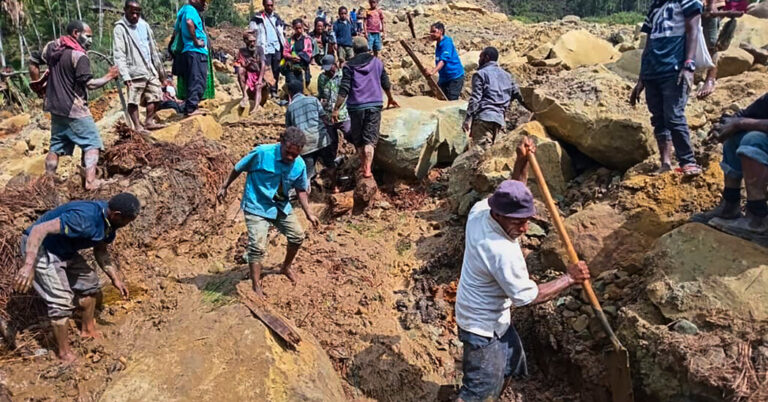At least 670 people died after landslide in Papua New Guinea, according to a local United Nations official. The landslide struck a rural area of the island nation early Friday, but search and rescue efforts were hampered by the difficulty of reaching the disaster site and the danger the terrain continues to present.
This danger has caused many survivors to abandon their homes, according to Serhan Aktoprak, head of mission of the International Organization for Migration office in Papua New Guinea, who estimates that more than 250 homes have been abandoned and that around 1,250 people were displaced.
The region, located in Enga province, is densely populated, according to local authorities, and has a young population. Authorities fear most of the victims are children under 15.
The local government provided food and water to about 600 people, Aktoprak said, and a humanitarian convoy of local officials and members of the International Organization for Migration visited the area. Sunday. A humanitarian convoy arrived Saturday afternoon to deliver tarpaulins and water, but no food.
Conditions made distribution difficult. As of Sunday afternoon, the earth was still sliding, rocks were falling, and the ground was cracking from increased pressure and flowing groundwater. No earthmovers had arrived and people were searching for bodies using tools like shovels and pitchforks, Mr. Aktoprak said.
The region has seen tribal clashes over the last few months. On Saturday morning, a quarrel broke out between two clans, raising fears for the safety of those traveling on the only available road. Eight died in the clashes and dozens of houses were burned, Mr. Aktoprak said.
The landslide hit the village around 3 a.m. Friday, hitting houses while many residents were sleeping. Some of the boulders that buried homes and cut off a major highway were larger than shipping containers.


